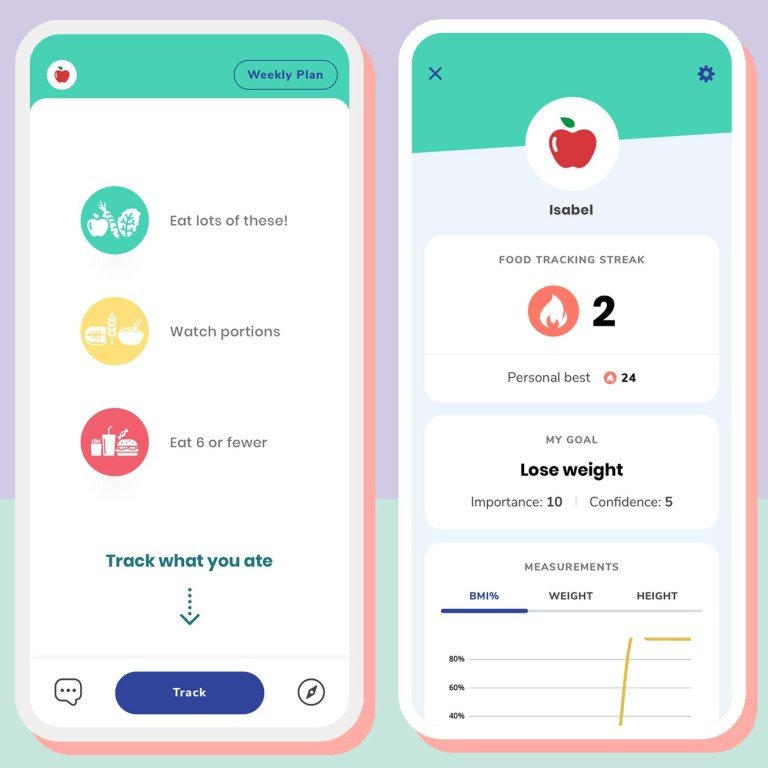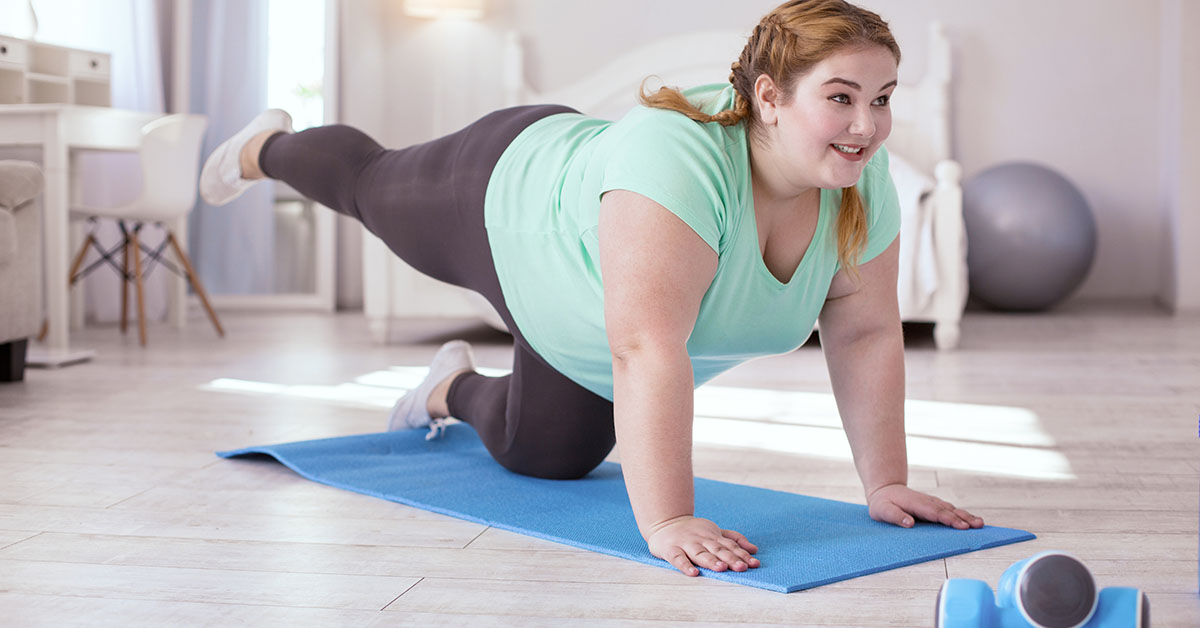
Combine exercise and diet if you want to lose weight. These two strategies combined can lead to substantial weight loss. For someone weighing 154 lbs, you would need to exercise 1 hour at moderate intensity. That means that by skipping a venti Green Tea Frappuccino at Starbucks, he or she could save 520 calories. You can lose weight by eating a balanced diet that includes whole foods and minimally processed foods. These foods are high in fiber, protein, as well as healthy fats.
Your health will be improved by combining exercise and healthy diet. Eating healthy and getting enough exercise will boost your energy levels, which will lead to lower blood sugar and less insulin resistance. Exercise will not only help you lose weight but also improve your flexibility, balance and cardio vascular health. Combining these two strategies will make you feel healthier and help you live longer. There are many health benefits to exercise and diet. These factors will help you get there.

While combining exercise with diet can work, it takes commitment. To lose weight, you must commit to following the rules and sticking to it. Aim for a calorie deficit of 1 to 2 lbs per week if you want to lose weight. You should also be consistent in your exercise routine, but not too strict. It's best to meet these goals first. This way, you will be sure to make the right decisions.
A combination of diet and exercise can make losing weight easier and more enjoyable. However, this does not mean you should abandon your diet. It is important to eat well. Running may be an option, but eating high-fat, high sugar treats is better. For losing weight and reaching your ideal body, a healthy diet is crucial. You should exercise for at least 20 minutes each day, and drink six to eight glasses of fluid every hour.
According to a study, exercise and diet led to equal weight loss. The results of exercise and diet were generally the same. Long-term, exercise was the best option, since it is the key to successful weight loss. It was necessary to also consider other factors. Numerous studies show that these methods do not have to be mutually exclusive. It is essential to find a balance in diet and exercise.

It is essential to understand how diet and exercise interact in order to achieve optimal performance. It regulates energy levels and provides the fuel needed to exercise. Some foods can give you energy, while others can cause you to lose performance. Certain foods should not be eaten while exercising, as they can increase your risk of developing heartburn or indigestion. They can also affect your sleep quality. A healthy diet with plenty of fruits, vegetables and whole grains is essential.
FAQ
Why should we have a healthy lifestyle to begin with?
Having a healthy lifestyle helps us live longer, happier lives. Good nutrition, exercise regularly, good sleep habits, stress management and healthy lifestyle can help you avoid heart disease and stroke.
A healthy lifestyle will also improve our mental health by helping us cope better with everyday stresses. Healthy living will boost self-confidence and make you look and feel younger.
Here are five ways to lead a healthy lifestyle.
Healthy lifestyles include eating right, exercise regularly, getting enough rest, managing stress, having fun, and eating healthy. Healthy eating means avoiding sugary and processed foods. Exercise can help you burn calories and strengthen your muscles. Sleeping well improves concentration and memory. Stress management is a way to reduce anxiety levels and depression. Fun is key to staying young and vibrant.
What can you do to boost your immune system?
Human bodies are made up of trillions upon trillions of cells. These cells combine to form organs or tissues that serve specific functions. Another cell takes its place when a cell dies. Chemical signals, called hormones, allow cells to communicate with each other. Hormones control all bodily functions, including growth, development, metabolism, immunity and immune system.
Hormones can be described as chemicals produced by glands in the body. They travel through the blood stream and act like messengers to control how our bodies function. Some hormones are produced internally while others are made outside of the body.
The hormone-producing glands release their contents into bloodstream. This is when hormone production starts. Once hormones are released, they move through the body to reach their target organ. Some hormones are only active for a brief time. Others hormones remain active longer and still have an influence on the body's functioning long after they leave bloodstream.
Some hormones are made in large quantities. Others are made in small quantities.
Some hormones only are produced during certain periods of life. The production of estrogen can occur during puberty and pregnancy, as well as menopause and old age. Estrogen assists women with breast development, bone density, and osteoporosis prevention. It helps to stimulate hair growth and maintains skin's softness.
What does it take to make an antibiotic work?
Antibiotics are drugs which destroy harmful bacteria. To treat bacterial infections, antibiotics are used. There are many options for antibiotics. Some can be taken orally, others are injected and some are applied topically.
Many people who have been exposed can be prescribed antibiotics. If someone has chicken pox, they might need to take an oral antibiotic in order to prevent shingles. For those with strep-thorphritis, an injection of penicillin could be administered to prevent them from getting pneumonia.
When antibiotics are given to children, they should be given by a doctor. Children are more susceptible to side effects from antibiotics than adults.
Diarrhea is one of the most common side effects of antibiotics. Other side effects possible include dizziness, nausea, vomiting, stomach cramps, dizziness and allergic reactions. These symptoms generally disappear once the treatment has finished.
Do I need to count calories?
You might wonder, "What's the best diet for me?" or "is counting calories necessary?" This depends on your health and lifestyle.
The Best Diet for me - Which One Is Right for You?
The best diet depends on me, my health, my goals, my preferences and my overall lifestyle. There are many diets out there, some good and some bad. Some work well for certain people while others don't. So what do I do? How can I make the right choice?
These are the questions this article will answer. This article begins with a brief overview of the various types of diets that are available today. Then we will discuss the pros & cons of each kind of diet. The final step is to determine which one is right for you.
Let's start by taking a look at the various types of diets.
Diet Types
There are three types of diets available: ketogenic, high-protein, and low fat. Let's talk about them briefly.
Low Fat Diets
A low-fat diet reduces the amount of fats you eat. This is done through reducing the intake of saturated fats (butter, cream cheese, etc.) You can replace them with unsaturated oils (olive oil and avocados) For those looking to lose weight quickly, a low-fat diet is often recommended. This diet can cause problems such constipation as heartburn, indigestion, and even stomach pain. A person may also experience vitamin deficiencies if they don't get enough vitamins.
High Protein Diets
High protein diets discourage carbohydrates and encourage the use of proteins. These diets often have higher levels of protein than most other diets. These diets are intended to increase muscle mass and reduce calories. The downside is that they may not provide adequate nutrition for someone who needs to eat regularly. They are not suitable for all people because they can be restrictive.
Ketogenic Diets
Ketogenic diets are also known as keto diets. They are high-fat and low in carbs and protein. These foods are popular among athletes and bodybuilders as they allow them to train harder, longer and without becoming tired. To avoid side effects such as fatigue, nausea, headaches, or other unpleasant side effects, you must strictly adhere to their instructions.
What is the difference in calorie and kilocalories?
Calories refer to units that are used for measuring the energy in food. A calorie is a unit of measure. One calorie contains the energy needed to raise the temperature of one gram of water by one degree Celsius.
Kilocalories refer to calories in another term. Kilocalories equal one thousandth of a calorie. For example, 1000 calories equals one kilocalorie.
What should my diet consist of?
Take in lots of fruits and veggies. They are rich in vitamins that can strengthen your immune system. They are also rich in fiber, which is good for digestion and makes fruits and vegetables filling. Aim to eat five to six servings of fruit each day.
Make sure you drink plenty of water too. Water flushes toxins from the body and gives you a full feeling between meals. Drink about eight glasses each day.
Choose whole grains over refined grains. Whole grains retain all nutrients including B vitamins, iron and zinc as well as calcium, magnesium, calcium, protein, and magnesium. Some nutrients have been removed from refined grains.
Sugary drinks should be avoided. Sugary drinks are loaded with empty calories and contribute to obesity. Choose water, milk or unsweetened tea instead.
Avoid fast food. Fast food has very low nutritional value. Fast food may be delicious, but it will not give you the energy that you need to perform your tasks properly. Instead, stick to healthier options such salads and soups as well sandwiches and pasta.
Limit your alcohol consumption. Alcohol can lead to poor nutrition and empty calories. Limit your consumption to no more than 2 alcoholic beverages per week
Try to cut down on red meat. Red meats can be high in cholesterol and saturated fat. Lean cuts of beef or pork, lamb and chicken, as well as fish, are better choices.
Statistics
- According to the Physical Activity Guidelines for Americans, we should strive for at least 150 minutes of moderate intensity activity each week (54Trusted Source Smoking, harmful use of drugs, and alcohol abuse can all seriously negatively affect your health. (healthline.com)
- According to the 2020 Dietary Guidelines for Americans, a balanced diet high in fruits and vegetables, lean protein, low-fat dairy and whole grains is needed for optimal energy. (mayoclinichealthsystem.org)
- WHO recommends reducing saturated fats to less than 10% of total energy intake; reducing trans-fats to less than 1% of total energy intake; and replacing both saturated fats and trans-fats to unsaturated fats. (who.int)
- The Dietary Guidelines for Americans recommend keeping added sugar intake below 10% of your daily calorie intake, while the World Health Organization recommends slashing added sugars to 5% or less of your daily calories for optimal health (59Trusted (healthline.com)
External Links
How To
What does the term "vitamins" mean?
Vitamins are organic compounds found naturally in food. Vitamins aid us in absorbing nutrients from the food we eat. Vitamins cannot come from the body so food must provide them.
There are two types vitamins: water soluble or fat soluble. Water soluble vitamins dissolve easily in water. Vitamin C,B1(thiamine), B2 (2riboflavin), and B3 (3niacin), as well as vitamin C,B1, B2 (riboflavin), and B3 (niacin), vitamin B6 (pyridoxine), vitamin folic acid (biotin), pantothenic, and choline are examples. The liver and fat soluble vitamins are stored within the liver and in fatty tissue. Vitamin D, E, K and A are some examples.
Vitamins are classified according to their biological activity. There are eight major categories of vitamins.
-
A – Essential for normal growth, and the maintenance of good health.
-
C - essential for nerve function and energy generation.
-
D - Vital for healthy bones and teeth
-
E - needed for good vision and reproduction.
-
K - essential for healthy muscles, nerves, and bones.
-
P - vital for building strong bones andteeth.
-
Q - Aids in digestion and absorption.
-
R - Required for red blood cell production
The recommended daily allowance for vitamins (RDA) varies based on gender, age, and physical conditions. The U.S. Food and Drug Administration has established the RDA values.
For adults over 19 years, the RDA is 400 mg per day for vitamin A. Pregnant mothers need 600 micrograms per days because it is vital for the development and growth of their baby. Children ages 1-8 require 900 micrograms per day. Infants below one year old require 700mg per day. But, between 9 months to 12 months, the amount drops to 500mg per day.
Children ages 1-18years who are obese need 800 micrograms per day while those who are overweight need 1000 micrograms per day and children who are underweight need 1200 micrograms per day to meet their nutritional needs.
Children ages 4-8 years who have been diagnosed with anemia need 2200 micrograms per day of vitamin C.
Adults over 50 years of age need 2000 micrograms per day for general health. Breastfeeding or pregnant women require 3000 micrograms per daily due to higher nutrient demands.
Adults over 70 need 1500 micrograms daily, as they lose 10% of their muscle every ten years.
Women who are pregnant, nursing or breastfeeding need more than the RDA. Pregnant women require 4000 micrograms daily during pregnancy, and 2500 micrograms every day after birth. Breastfeeding mothers need 5000 micrograms per day when breast milk is being produced.